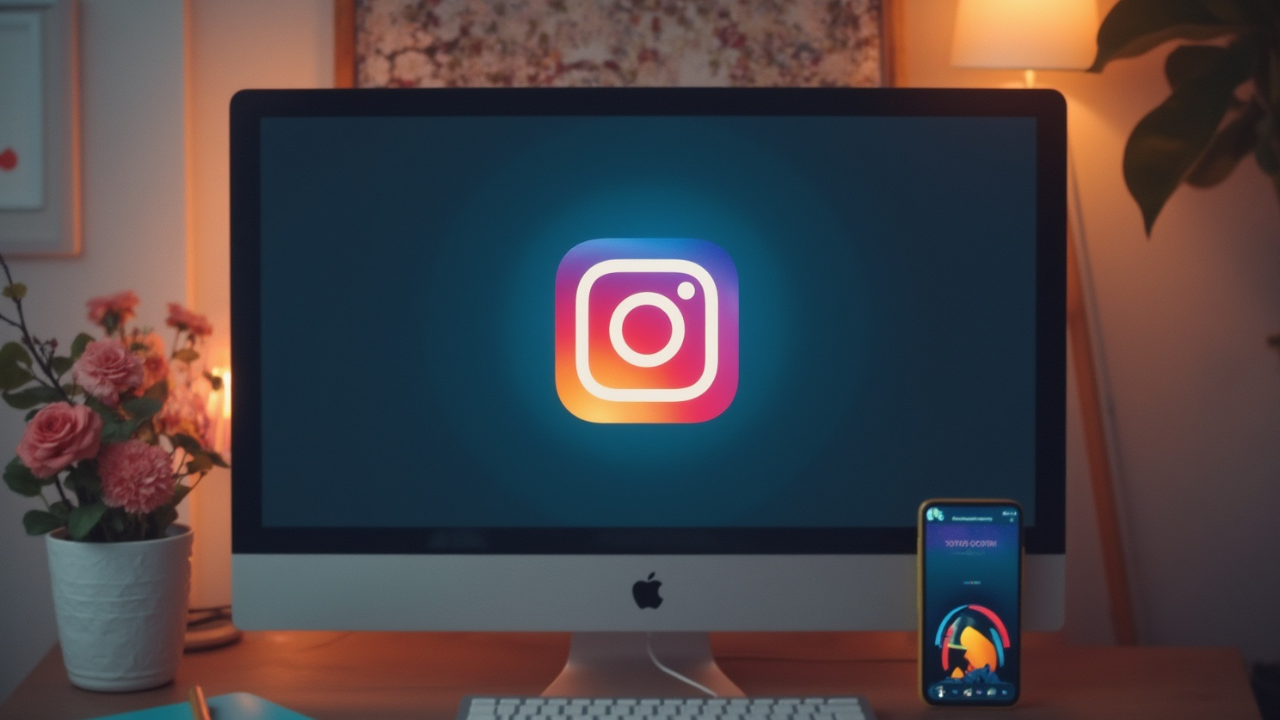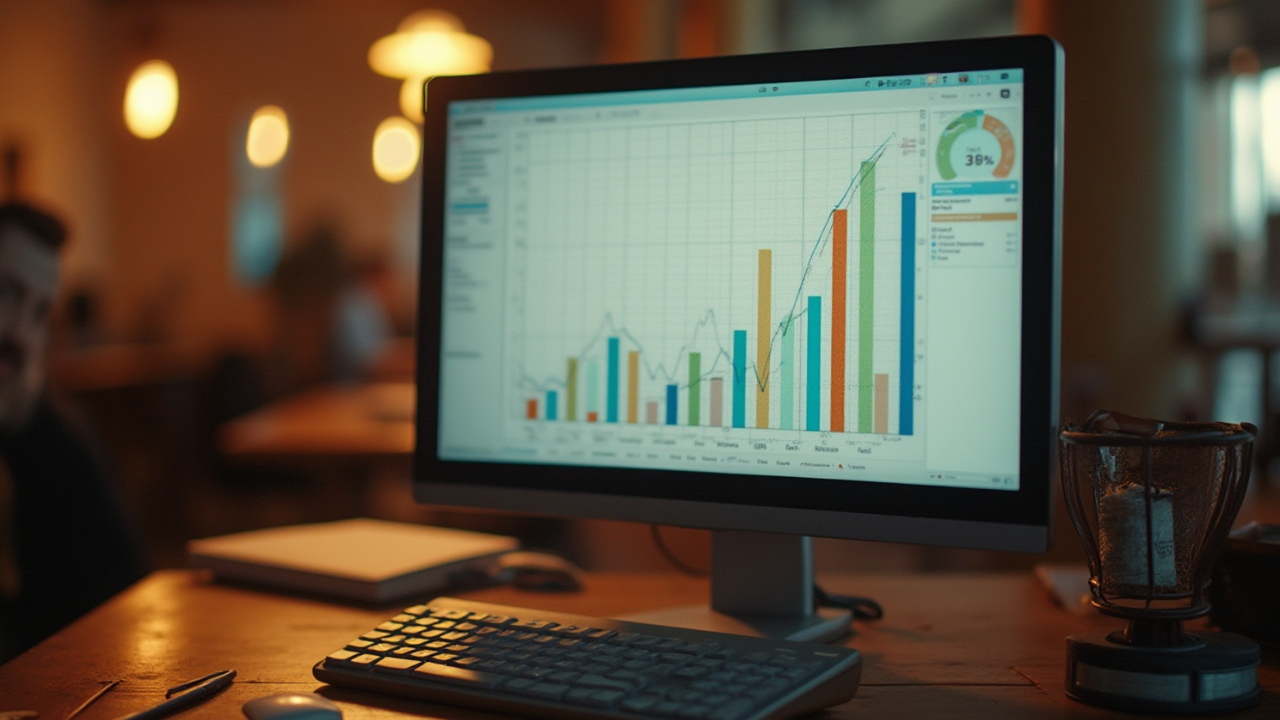
Mastering Instagram Marketing: A Comprehensive Guide to Designing High-Converting Funnels
It's typically a rare occurrence for a user to convert the first time they see an ad, especially on a platform such as Instagram. This is where designing a marketing funnel truly shines. So let's dive deeper into why we should design marketing funnels for this well-liked social media advertising.
Understanding the Buyer's Journey
As a business, it's essential to understand your audience's buying process in order to best cater to their needs and preferences. The 'buyer's journey' is a term often used to describe this process. But what exactly does this mean? Let's demystify it for you.
The buyer's journey encompasses the research and decision phases your customers go through before making an ultimate buying decision. This journey is typically divided into three general stages: recognition of a need, consideration of options, and a final decision.
Importance of Understanding the Buyer's Journey
Understanding your customer's buyer journey is important for several reasons. Primarily, it helps your business create more targeted marketing strategies that cater to the needs of your audience as they move through each stage.
"By truly understanding the buyer's journey, you can make sure your business is ready and equipped to guide and support them confidently and effectively through each step."
Reasons for Designing a Marketing Funnel for Instagram Ads
- Increased Conversion Rates: A well-crafted marketing funnel is oriented towards the user's journey, presenting them with the right content and call-to-action at the right time. This strategic alignment leads to a higher conversion rate.
- Efficient Budget Utilization: With a clearly defined marketing funnel, you can efficiently allocate and manage your Instagram Ads budget. This helps in minimizing wastage and focusing on stages that need more attention and resources.
- Improved Customer Retention: Marketing funnels not only help with initial conversions but also focus on retaining customers. By targeting existing customers with personalized content, you increase chances of repeat purchases and brand loyalty.
- Data Collection and Analysis: A properly structured funnel allows for effective tracking and analysis of customer behavior at each stage. This data helps in measuring performance, identifying bottlenecks, and making data-driven decisions.
In conclusion, a marketing funnel for Instagram Ads plays a significant role in improving conversions. It helps guide potential customers through their buying journey with your brand, ensuring efficient utilization of resources and higher customer retention. So, if you've not yet designed a marketing funnel for your Instagram Ads, now might be the perfect time to start.
A Closer Look at the Marketing Funnel
Let's explore the key stages of a marketing funnel: Top of Funnel (TOFU), Middle of Funnel (MOFU), and Bottom of Funnel (BOFU).
First, let's dive into the TOFU - the awareness stage where potential customers first interact with your brand. The top of the funnel, or TOFU, marks the initial stage of the buyer's journey. It's referred to as the awareness stage, and it's the moment when potential customers first come across your brand. They may not be fully aware of their needs or that a solution for their situation exists at all.
During this stage, they recognize that they have a problem or a need and begin to search for more information. Here, they aren't necessarily looking for your product specifically; instead, they're seeking guidance and valuable information that can help them understand their challenge better.
Next, we move to the MOFU or the consideration stage, where prospects evaluate if your product or service is a good fit for them. At the consideration stage, your potential customers have clearly defined and given a name to their problem or opportunity. They are committed to researching and understanding all of the methods available to solve the defined problem or opportunity. Now, it's all about you presenting your solution to their problem.
This is the time to share with them evidence of how your product or service can solve their problem. Case studies, testimonials, product demonstrations and comprehensive product information play a vital role at this stage. Your potential customers are evaluating you against your competitors, so it's important to make your solution stand out.
Lastly, we arrive at BOFU, the decision stage, where your prospective clients finally make the decision to purchase. In the bottom of the funnel (BOFU) stage, buyers have already identified their problem, investigated potential solutions, and are now poised on the brink of a purchase. But remember BOFU doesn't guarantee a sale, it's the final hurdle but still a hurdle nonetheless. At this juncture, let's explore some strategies to strengthen your influence on their final decision.
The Determinants of Successful Instagram Marketing Funnels
While setting up an Instagram ad campaign, there are numerous elements that significantly influence the success rate. These factors include:
- Selection of the Right Objective for Your Campaign
Choosing an apt campaign objective is an initial crucial step. Your campaign objective should align with your overall business and marketing goals.
- Identifying Your Ideal Audience
Effective audience targeting can make or break your campaign. The more accurately you identify your target customers, the higher the chances of the campaign's success.
- Picking the Most Suitable Ad Format
The type of ad format you choose should be determined by your campaign objectives, audience preferences, and the kind of product or service you're promoting.
- Providing Stage-Appropriate Offers
Providing relevant and appealing promotions at each stage of the customer buying process enhances the possibility of higher engagement and conversions. Remember, your customer's needs and expectations change as they move through the funnel.
Implementing Funnel Strategy in Your Instagram Ad Campaigns
Constructing the Top of the Funnel (TOFU)
At the start of your marketing funnel, that is, the Top of The Funnel (TOFU), you're primarily focusing on a "cold" audience. These individuals may not have prior knowledge or exposure to your products. When identifying the audience for TOFU, consider:
- Core audience: Parameters such as age, location, interests, and behavior may help you define this group.
- Lookalike audience: If you have a segment of your audience that engages well and converts frequently, take advantage of Instagram's Lookalike audience feature to attract similar users.
Content at this stage usually includes single images, carousels, videos, or reels, to introduce and highlight your brand and its unique offerings, some valuable information through infographics. Tracking audience responses to different ad formats can help refine your approach. Appropriate Instagram Ads objectives for TOFU may include:
- Brand Awareness
- Reach
- Engagement
- Video Views
- Traffic
Diving into the Middle Funnel (MOFU)
Once your audience becomes familiar with your brand, the next step is to engage them further, allowing them to interact more with your business. At this Middle Funnel (MOFU) stage, they're in the consideration phase. Encourage actions that provide you with more information about your potential customers. Consider utilizing content like blog posts, client testimonials, free trials/samples, downloadable material, or free online assessments. Objectives that typically work best for MOFU include:
- Lead Generation
- Traffic
- Conversions
- Messages
Ad formats that usually perform well at this stage are Instagram stories, carousels, videos, shopping posts, etc. Focusing on the following audience categories can be helpful:
- Retargeting based on website visits
- Retargeting based on ad interactions
- Retargeting based on video watch duration
- Retargeting based on Instagram profile interactions
Navigating the Bottom Funnel (BOFU)
In the final phase of the funnel, your focus will be on the prospects who have already engaged with your business. The end game? Turning these engagements into actual purchases. At this stage, your advertisements should highlight enticing offers such as special discounts or free shipping promotions.
Suitable objectives for this stage of the funnel can include:
- Catalogue sales
- Conversions
Now, who might be the prime audience for this bottom stage of the funnel? Check out this list:
- Retargeting individuals based on their product views
- Retargeting those who left items in their cart without completion of the purchase
- Retargeting potential leads
- Retargeting based on specific page visits
- Retargeting an existing customer list
Depending on your business model, you might consider various ad formats at the BOFU stage. If you are running an ecommerce business, Dynamic Product Ads (DPA) could be fitting. Other effective types could include images, Instagram stories, or engaging reels.
Keep in mind, carrying out AB testing for objectives, audience targeting, and ad formats is crucial to determine the most effective ads for your business. Remember, the more impactful your ads are, the lower the cost per conversion will be.
Creating a Structured A/B Testing Plan for Instagram Ads Funnel
Now that we've established the significance of A/B testing for the funnel, it's time to put a testing plan into action. Conceptualize this as a scientific process, where you hypothesize, test, analyze, and refine. Here's how you can proceed:
Define Your Objective
The first step you need is to spell out your explicit objective. What exactly is it that you seek to achieve with your Instagram ads funnel? It could be escalating website traffic, boosting product sales, gaining more email subscribers, and so on. The clarity regarding your goal serves as a compass for your A/B test.
Formulate a Hypothesis
Create a hypothesis that aligns with your objective. This assertion (or set of assertions) guides what elements you'll be testing. For example, your hypothesis could be: "Changing the color of the call-to-action button from red to green will increase our click-through rate."
Determine Your Variables
Let's move to identifying the variables in your Instagram ad. It could be anything, from your ad headline, the text, CTA button color, or the time of ad posting. Remember, only test one variable at a time to ensure you have clear results.
Establish the Testing Phase
Once you've identified what you'll be testing, decide on how long you'll run your test. Ideally, this should be until you have a statistically significant result. This duration changes based on factors like your target audience size, budget, and the desired extent of the result's accuracy.
Develop the Ad Copies and Launch the Test
Now, create your A/B versions of the ad. Make sure that 'A' is your control, i.e., the ad version you currently use or consider standard. 'B', on the other hand, should contain the variable you wish to test. Once they're ready, launch them simultaneously
Analyze and Assess the Results
Understandably, this is the most crucial phase. After your set testing phase ends, focus on interpreting the data you've collected. Compare the performance of both versions and see if the change made a significant difference. Remember to only make a decision when the results are statistically significant.
Refine and Repeat
After your test, use the insights gained to refine your Instagram ad strategy. Implement the successful changes in your next ads, keeping a constant look at the performance. A/B testing is not a one-time process; continue testing different variables to continuously master your ad performance.
Yearning to ascend new heights with your Instagram ad strategy and witness unprecedented growth? As a premier performance marketing agency in Singapore, KPI Media is dedicated to propelling APAC's venture-backed startups using our precision-focused media buying and superior automation and analytics. Avail the KPI Guarantee and we'll cut your retainer fees by 50% if we fail to meet your campaign objectives. Relish our flexible monthly commitments, and gain from our award-winning proficiency.
With KPI Media at your side, you'll have the advantage of a dedicated team, personalized real-time reporting, and the opportunity to delve into limitless channels with minimal spends. We specialize across all industries with a major emphasis on APAC, providing you with the localized insights crucial for your business. Don't pass up a complimentary, no-commitment growth consultation (worth $250) with our Chief Growth Officer.
Begin your journey towards a high-yielding paid media strategy. Book your session now and discover how we can help you achieve remarkable results.
More Blogs



Let us build your acquisition engine
Our Founder will personally propose a custom media plan to crush your KPIs.







_%20cover.png)
.webp)
.png)






